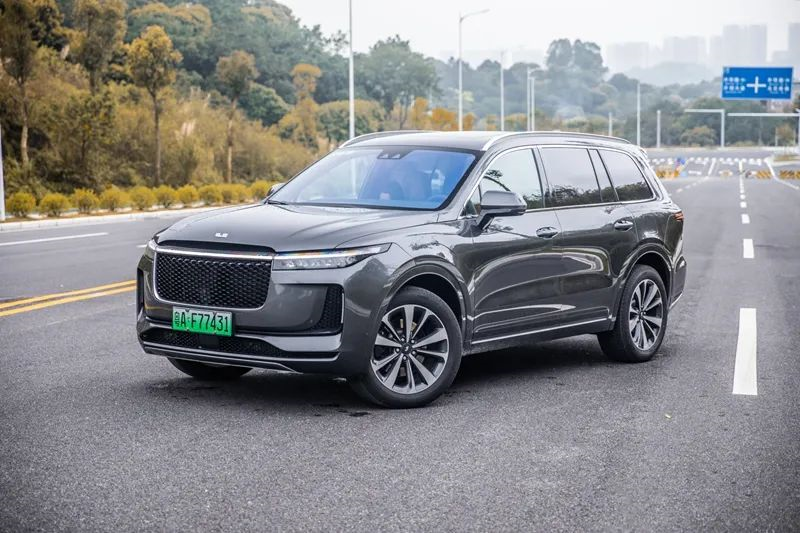Author: Erchai
I don’t know if you have seen this news recently, “Swallowing Beijing Hyundai factory, Ideal Motors is recruiting factory director for its second factory”.
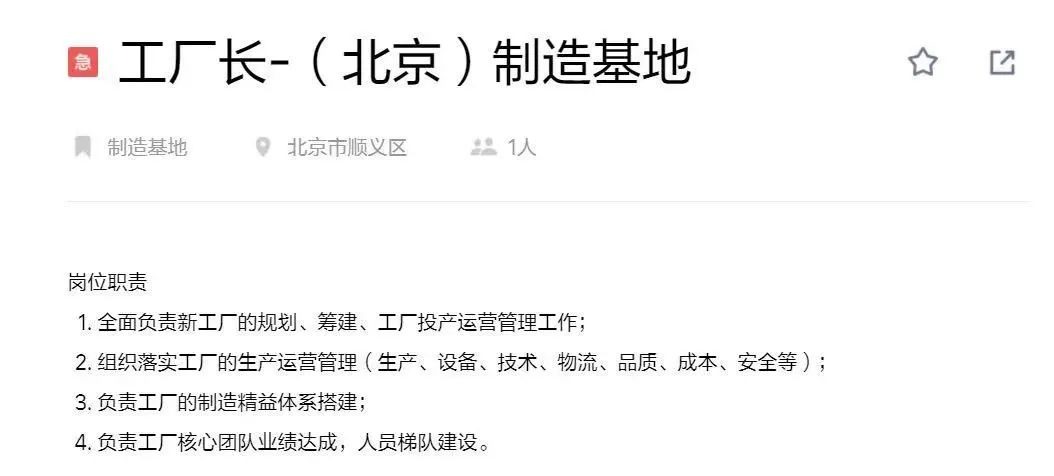
The Hyundai factory located in Beijing was the earliest vehicle assembly plant of Hyundai in China. Many people drive Elantra, Sonata, Tucson, and other models produced by this factory. The factory stopped production two years ago, and the recent news of Ideal Motors recruiting personnel confirms that they have acquired this factory.
To be honest, I was surprised by Ideal Motors’ plan to set up a second factory. The production capacity of Ideal’s current Changzhou factory is 100,000 vehicles per year according to the data, while the Hyundai Beijing factory has an annual production capacity of 200,000 vehicles. Is Ideal Motors selling that well? Or does Ideal have such confidence in their future sales volume?
As for the first question, the answer is yes. With only ONE model, Ideal ONE’s total sales volume reached 32,600 units last year. Its total sales volume for the first five months of this year was 22,400 units. Its monthly sales volume of 4,000 units made Ideal ONE the best-selling new energy SUV on multiple occasions (Although NIO has a higher total sales volume, it cannot compare to the sales of a single model like Ideal ONE).
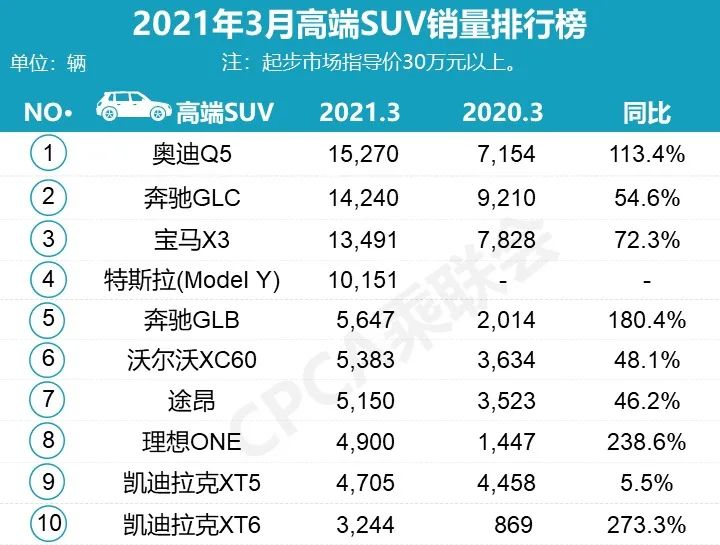
One point that makes Ideal ONE owners particularly proud is that Ideal ONE can almost always be found on the best-selling luxury SUV list every month, making it the only domestically produced vehicle on the list. This is something that not all domestic car owners can brag about.
Why is Ideal ONE selling so well? Is it because its product quality is better than that of the Toyota Highlander, or is its brand more attractive than BBA’s? Or maybe its service is better than that of NIO?
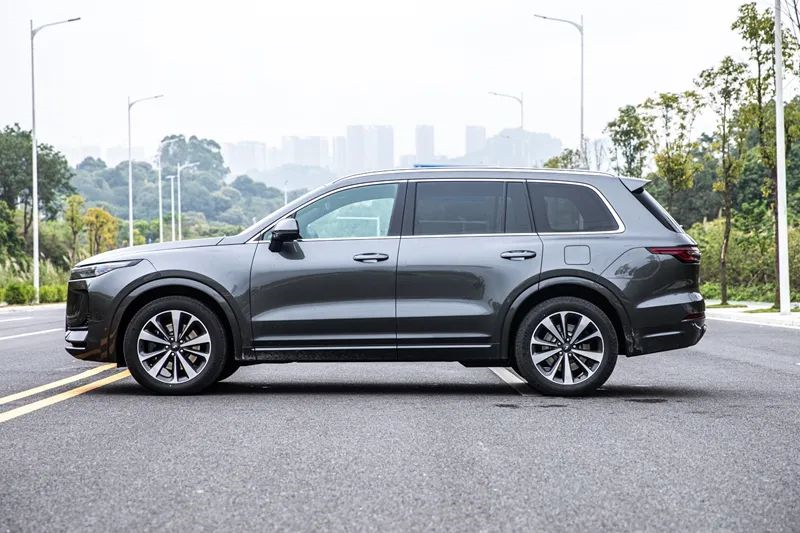
I don’t think it is any of these things. The real reason why Ideal ONE is so popular is its “uniqueness” with its range extender. Simply put, the range extender that many people scoff at has brought many benefits to Ideal ONE.
At around CNY 300,000, with a green license plate and no range anxiety, as well as excellent comfort, Ideal ONE is the only choice available. For consumers in cities with license plate restrictions who are not enthusiastic about pure electric vehicles, the range extender of Ideal ONE is the best compromise and the most acceptable solution.
When you have average qualifications and enjoy rare resources, envy arises.
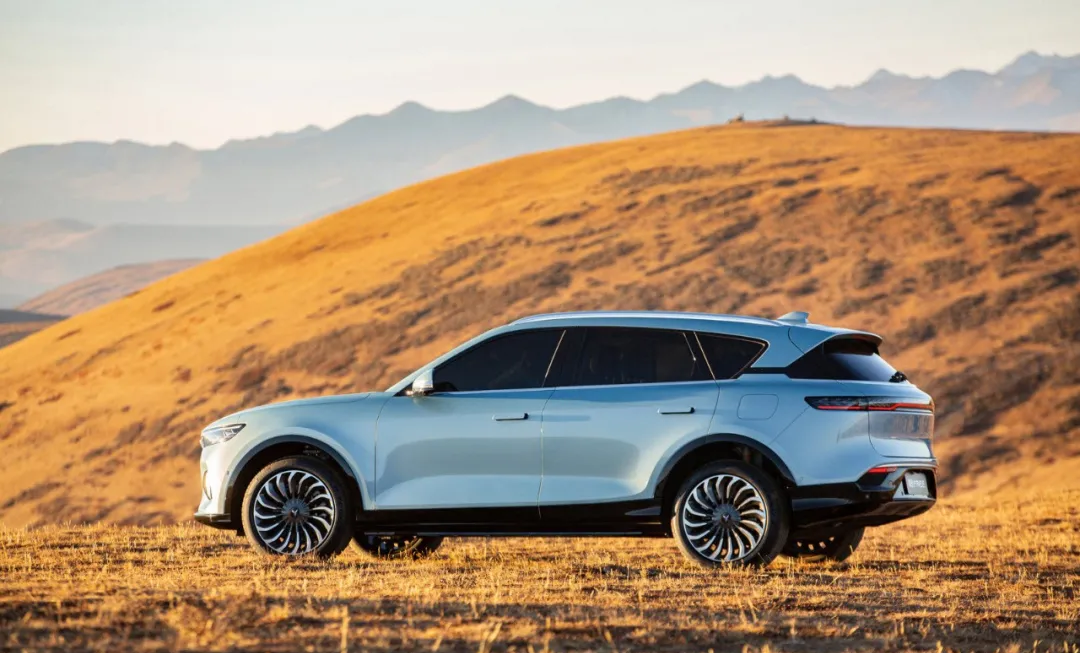
Last weekend, Voyah’s first mass-produced model Voyah FREE was launched. By carefully studying the information of this car, you will find that its extended-range version is completely aimed at Ideal ONE. “In such a hot market, money can’t allow you to make all the profits Ideal ONE can make alone.“
So Voyah FREE copied Ideal ONE seriously, with a powertrain that uses the engine to generate electricity and the motor to drive. Ideal ONE uses a 1.2T three-cylinder engine, which has been criticized before, so Voyah was smart enough to choose a larger 1.5T four-cylinder engine. However, the engine’s 122Ps horsepower is still not as great as Ideal ONE’s three-cylinder engine.
In terms of power output, Ideal ONE pursues comfort, so the power calibration is relatively gentle. Voyah FREE seems to despise this approach, “Who said that the extended-range system cannot join the hundred-meter club?” Therefore, they chose a stronger set of motor systems, with a maximum horsepower of 694 Ps and a maximum torque of 1040 N·m. This way, the acceleration from 0 to 100 km/h is achieved in just 4.5 seconds, which sounds much better than Ideal ONE.
However, in terms of daily use, the crucial pure electric endurance range is where Voyah FREE failed to copy the homework. The battery energy is only 33 kWh, and the pure electric endurance range of 140 km is still worse than Ideal ONE, even slower than Ideal ONE for fast charging, which is a mistake that a mature student should not make. If Voyah must find a reason, I roughly estimate that the additional cylinder of the engine occupies space, forcing them to reduce the battery pack.
Ideal ONE removed the 7-seater version from this year’s update and is now focusing on the very popular 6-seater model (the second row has independent seats with electric seat adjustment, massage, heating, and other functions, which is a good experience and has received high praise). Voyah FREE is about the same size as Ideal ONE, but it failed to learn the essence of Ideal ONE’s winning seat layout. Instead, it chose the conventional 2+3 five-seater layout, which directly dismissed consumers who have been dreaming of independent seats in the second row.
This operation is like copying a top student’s paper in a Chinese exam and forcibly copying the essay, but not copying any of the multiple choice questions.In terms of autonomous driving technology, which is favored by new energy vehicle companies, the BYD Tang (岚图 FREE) does not seem to have any significant advantages.

In terms of hardware and functions, even compared to the least advanced autonomous driving system of the new forces, such as the Nio Ideal, there seems to be nothing particularly impressive, and the basic functions are mostly routine. In this regard, it cannot compete with the Ideal ONE, which has been upgraded with ADAS after facelift, let alone Nio and Tesla, etc.
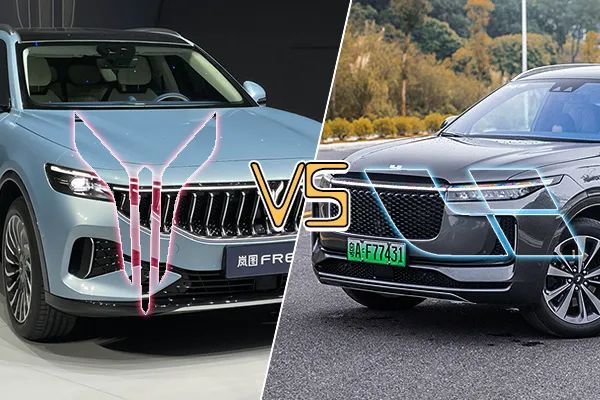
The advantage that the BYD Tang (岚图 FREE) has over the Ideal ONE lies in the traditional configuration of traditional car companies. For example, the independent suspension system with front double-wishbone and rear multi-link, as well as the air suspension that the Ideal ONE lacks. In addition, as we mentioned earlier, the traditional mindset of new energy players from traditional car companies, such as BYD Tang, makes it difficult for them to accurately grasp the preferences and actual needs of users, like Ideal and Nio.
Do consumers who buy the Ideal ONE care about these configurations? Of course, they do, but are they the most important factors to them? It really depends.
Returning to the question we raised at the beginning, why can the Ideal ONE, a plug-in hybrid electric vehicle, sell so well, even competing with luxury brand SUVs?
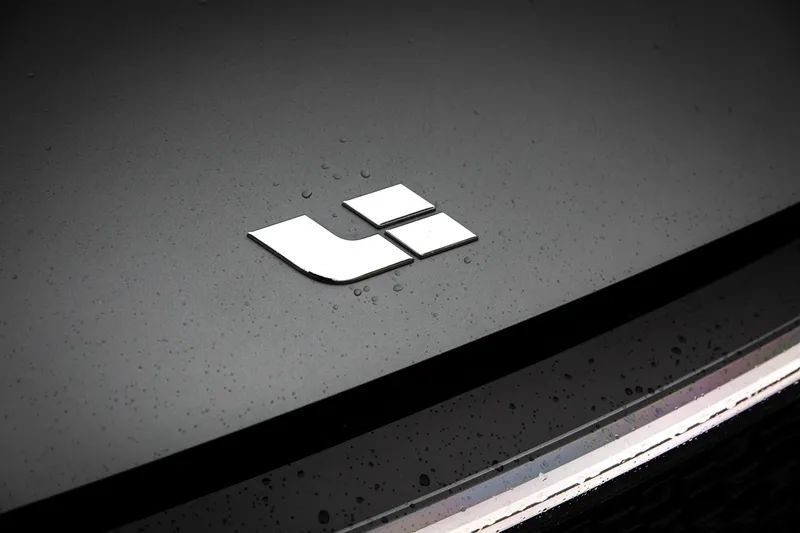
Good user experience and excellent product performance are part of the reason, but the most fundamental reason lies in the fact that, as a transitional vehicle, it enjoyed a wave of benefits from the current green license plate policy. As the “only option” over the past few years, the Ideal ONE has given consumers in license-plate restricted cities more choices.
However, policies cannot allow plug-in hybrids to always bask in such benefits, as they contradict the original intention of environmental protection and emission reduction. Shanghai was the first to introduce a policy: from January 1, 2023, plug-in hybrid and plug-in hybrid electric vehicles will no longer be allocated quotas for special license plates.
This also means that the Ideal ONE and other plug-in hybrid electric vehicles can no longer be issued green license plates in the future. It is believed that as regulations become stricter, more cities will introduce similar rules. At that time, can plug-in hybrid electric vehicles still be as popular as they are now?
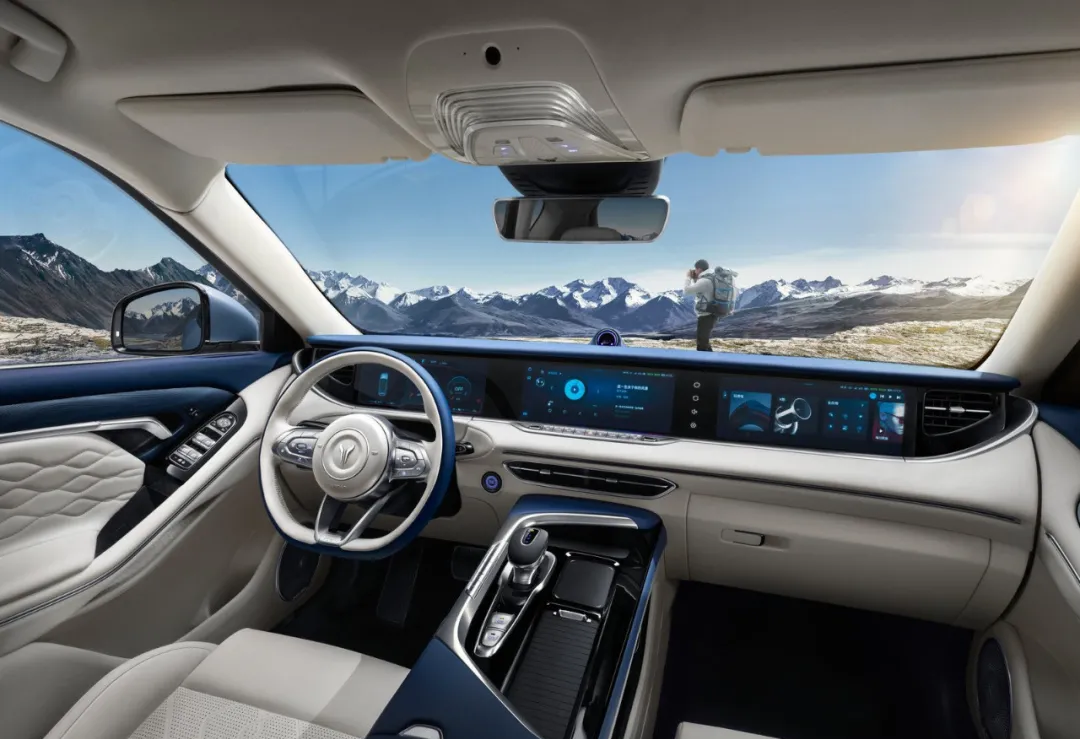 “`
“`
Voyah FREE copy homework suffered a bit, stayed up late and rushed to finish it. In the current market, it is difficult to grab the ideal ONE’s rice bowl with existing product strength. Although Voyah has also laid out electric vehicle models in addition to extended-range models, the starting price of 330,000 yuan with a range of 500 km is a big “chill” (which can be seen from some traditional domestic autonomous brands that have launched 300,000+ electric vehicles).
However, it is said that Ideal has already begun to develop pure electric vehicle models, which has left a suspenseful ending for it.
“`
This article is a translation by ChatGPT of a Chinese report from 42HOW. If you have any questions about it, please email bd@42how.com.
